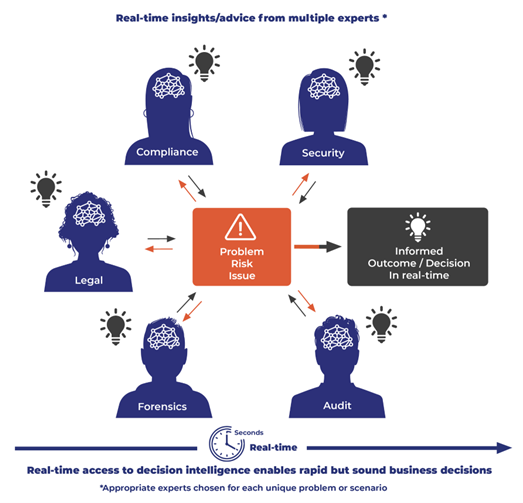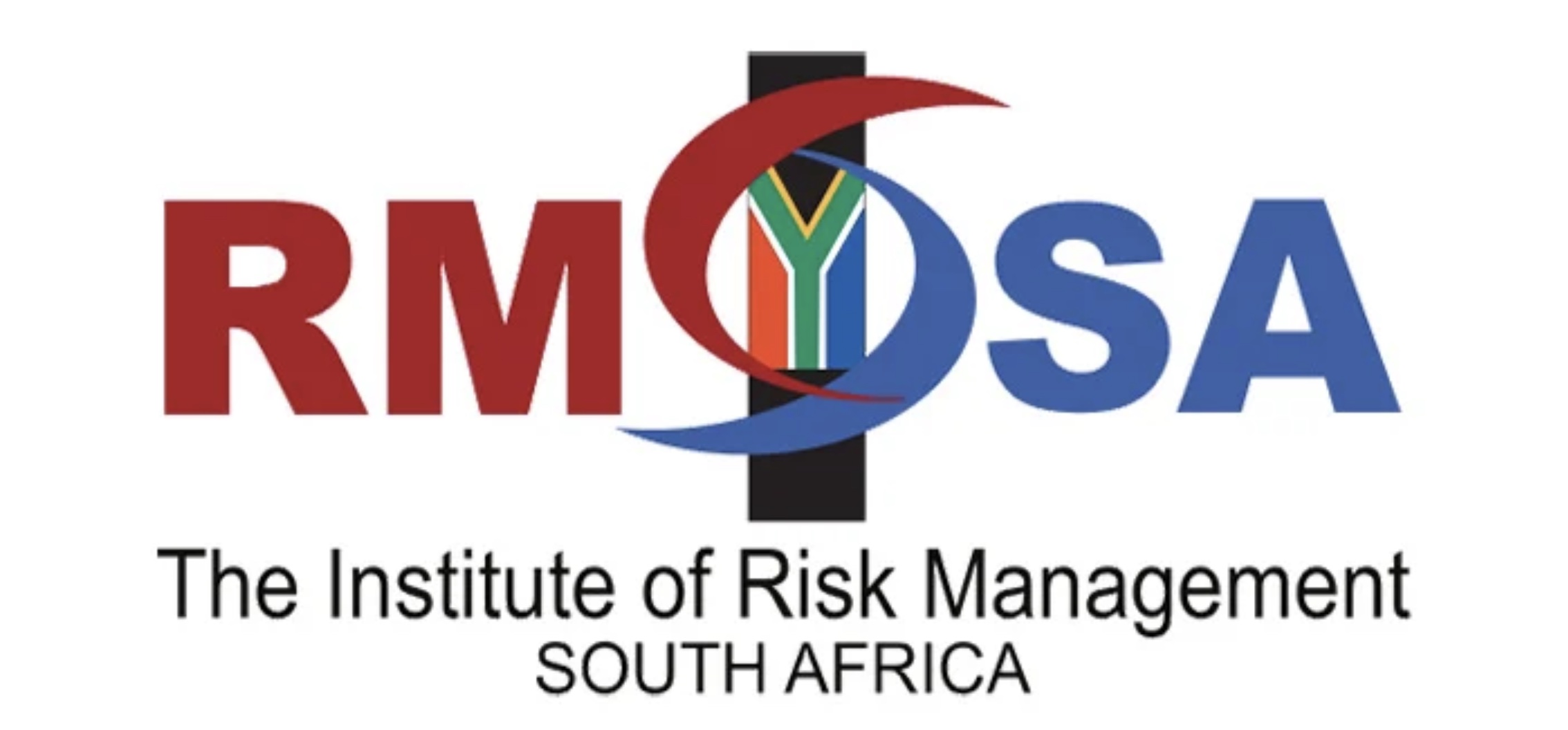Reshaping Risk Response Strategies
The world has experienced unprecedented uncertainty in the recent past mainly due to turmoil in the global economy, political landscape and the fall-out of the COVID-19 pandemic. Several questions have been raised regarding the value proposition of risk management (RM) as seemingly well-run corporates have failed during this period despite perceived good leadership, good governance, good risk management, compliance, reporting and so forth.
In a world of accelerating complexity and evolving threats and opportunities, leaders need to be agile, be able to adapt strategy and rapidly respond to evolving dynamics. Waiting for the next stratco, exco or board meeting or even hours to move on threats or opportunities will come at increasing cost to the business. To responsibly manage high-consequence decisions, decision makers will need to leverage decision support technologies to enable a holistic approach to fast but accurate decision making.
The big question is should and when must the risk management profession adopt technology that provides real-time access to the opinions, insights and advice - decision intelligence - of the multiple subject matter experts that are at our disposal in our organisations?
It is time! Real-time access to decision intelligence gives business leaders the information they need to make rapid, but informed and sound business decisions enabling organisations to more efficiently and effectively respond to and even anticipate, threats and opportunities. This is the vision of the risk profession and it can only be done by digitally capacitating organisational strategy with appropriate skills to build brand and reputation in the presence of systemic fraud, corruption and evolving challenges.
What could such a model look like?
This is already happening … AI that replicates human expert’s decision making in the form of technology that captures the experience, insights and intuition of an expert and returns the same decision the human expert would provide if they were asked to respond to a particular scenario.
AI that is available to provide access to expert advice or opinion:
➔ in real-time
➔ 24/7
➔ 365 days a year


The ultimate objectives of any organisation, regardless of its size, industry, or nature, are to meet the expectations of its stakeholders (customers, shareholders, clients, suppliers, communities, etc.); remain relevant; and operate in an economically viable and sustainable manner while avoiding harm to the natural environment and society. The disciplines of strategy, risk and resilience contribute to these objectives in different but interlinked ways.
Generally, organisations (whether public, private, small, micro or medium-sized) may still have a siloed approach to setting strategy, managing risk, responding to disruptive events and integrated reporting. This applies both structurally with different reporting lines and in governance processes where consideration of the three disciplines happens in a disparate manner and each function has its own mandate, frameworks, policies and procedures.
Through real-time access to multiple stakeholder insights, allows for cross-organisational objectives to be communicated and considered seamlessly in all decisions and actions and more critically when it is required.
Why should risk management adopt AI in its skills sets and toolkits?
It is the future! In many environments, we continue to rely on human expertise (domain knowledge, insight and judgement) to make sound business decisions. The need for expert advice hasn’t changed - what has changed is the speed, efficiency, accuracy, at which organisations need to deliver decisions, outcomes or advice and be able to explain their actions (transparency)
Data mining helps organisations better understand risk and make smarter decisions - however the sheer volume of available data and information is creating different challenges for organisations, and, in tangible ways, humans just can't keep up. Appropriately, considering all this information to make salient business decisions in real time, is what creating value in a sustainable way in the future will demand.
Increasingly, threat and opportunity assessments are being performed around limited access to human experts and leadership. Organisations have structured tiers of authority, mandates, lines of defence around the fact that the people with the most knowledge, insight and experience on a particular subject (the expert) can only handle or process a limited number of issues in a day. We need to unlock capacity to these experts enabling organisations to deploy the best attention right at the front or first line of defence/assurance.
Written by:
Christopher Palm, Chief Risk Advisor: IRMSA
Beverley Erikson, Business Development Manager: Merlynn

